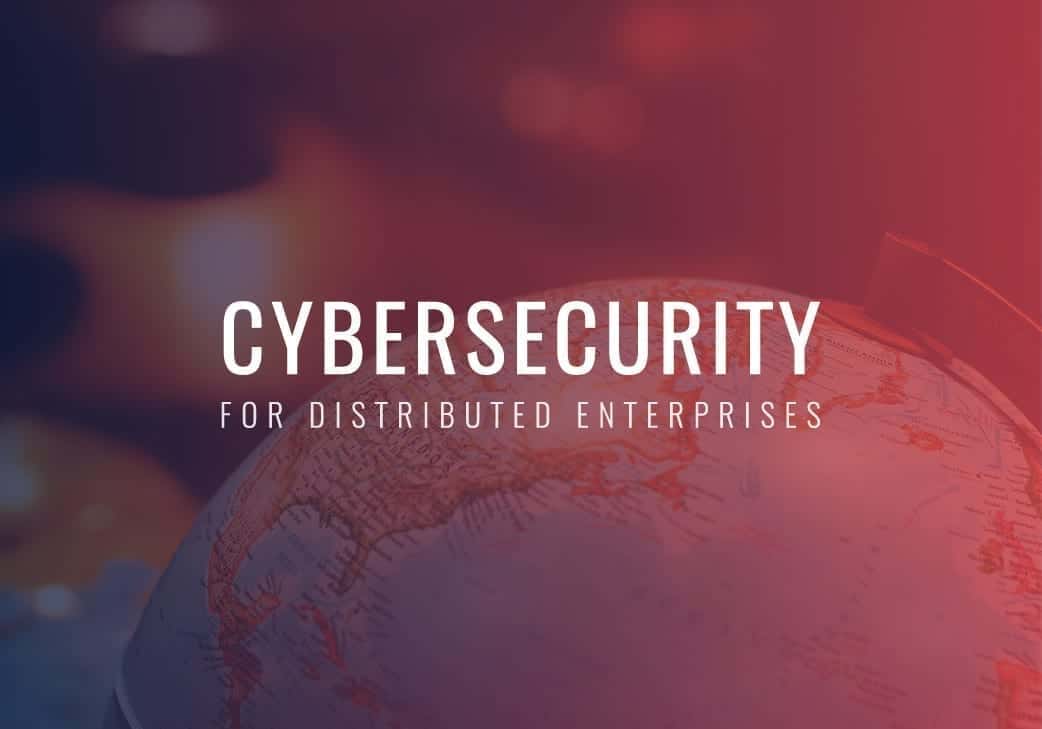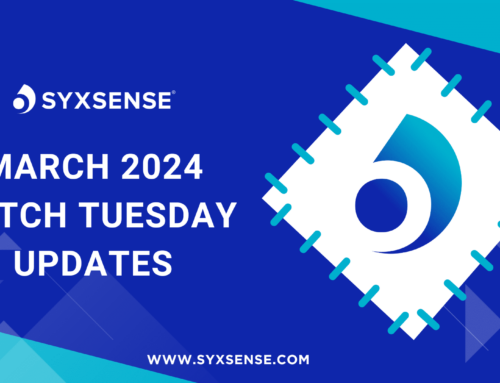
Why Cybersecurity is a Challenge for Highly Distributed Enterprises
There is no longer any doubt that one of the major challenges for enterprises of all sizes as we enter the ‘20s is information and network security. Simply put, “enterprises have a lot to worry about,” according to a recent article on InformationAge. And the job of dealing with cybersecurity continues to get increasingly complex.
To compound the problem, in today’s digital economy, an enterprise’s traditional boundaries are constantly being stretched. For instance, it’s estimated that there are more than 1.6 million remote or branch offices in the United States. And especially highly distributed enterprises must secure systems and data scattered across, not only these remote operations, but headquarters, the cloud, and elsewhere, as well. According to the article, every perimeter and endpoint must be protected, and networks must be continuously monitored to detect and mitigate attacks.
“This growing legion of remote offices and employees accessing systems and data on corporate networks and in public clouds . . . are creating opportunities for cyberattacks by exposing new entry points and unsecured devices, data, and applications,” writes Nick Ismail, the author of the InformationAge article. IT departments typically put a lot of focus on protecting the networks and systems within the four walls of their company HQ, he explains, but the branch offices and remote employees can introduce risky exposures that, if breached, can cause a great deal of damage.
Identifying Security Processes a Struggle
While companies agree that it is in the organization’s best interest to invest in solutions for all their offices and remote employees to prevent breaches, they struggle to identify straightforward and workable network-security processes. Often, remote workers and branch offices get short shrift. This is dangerous, says Ismail, since attackers often target the weakest link in an organization—including remote offices—in order to get to the larger corporate prizes. Given the many challenges involved in securing highly distributed enterprises, organizations must choose carefully when it comes time to select a security solution.
Bob Violino, writing for Security Boulevard, explained further: “A recent report from the Infosys Knowledge Institute (IKI) provides a clear picture of how important cyber security has become:
‘In today’s hyperconnected and digitized world, cyber security has become an important strategic imperative owing to the sophistication of cybercrime. Digital businesses require complex and distributed interactions among people, applications, and data—on-premise, off- premise, on mobile devices and in the cloud. The result is an increase in the attack surfaces that are hard to protect and defend.” In other words, most, if not all, enterprises are becoming highly distributed, and they must find a way to secure and defend.
Further, according to the IKI study cited, to help address these threats, organizations are deploying products and services such as security incident management, risk and compliance, and security awareness training.
To overcome some of these challenges, more than half of the organizations are focusing on adopting integrated security platforms and are working with technology and service integrator partners. Network segregation, threat intelligence platforms, and advanced threat protection are the most commonly implemented security tools.
Among the top trends that will shape the future of cyber security, according to the survey, are artificial intelligence; privacy and personal data protection; and blockchain and deception technologies.
Operational technology (OT) and the Internet of Things (IoT) “massively expand the scope of security strategy and operations.” As the enterprise perimeter continues to diminish and all enterprises become highly distributed, the study concluded, visibility into the environment will become tougher.
The Simple & Powerful Solution
Syxsense lets you see and manage all endpoints inside and outside the network, with coverage for all major operating systems and endpoints, including IoT devices.
Experience a complete solution to manage your environment anywhere, anytime. The intuitive features include software distribution, patch management and more—start your free trial today.




